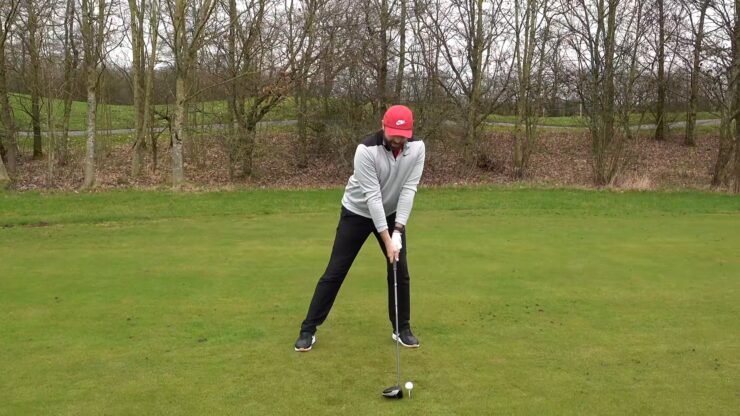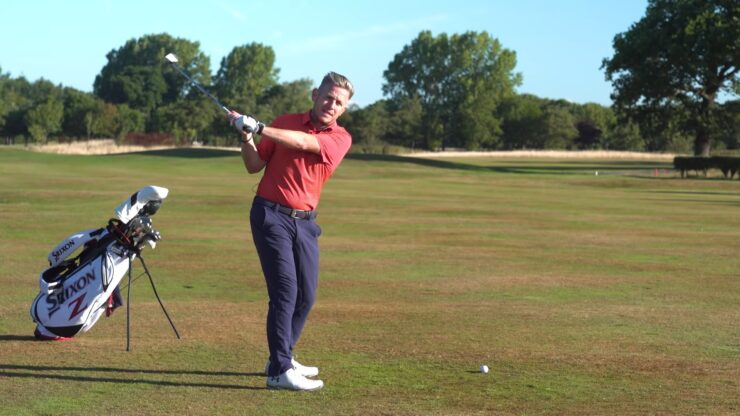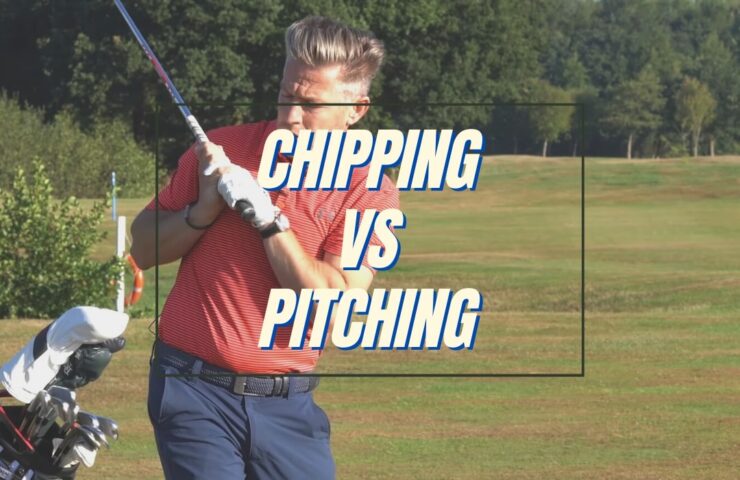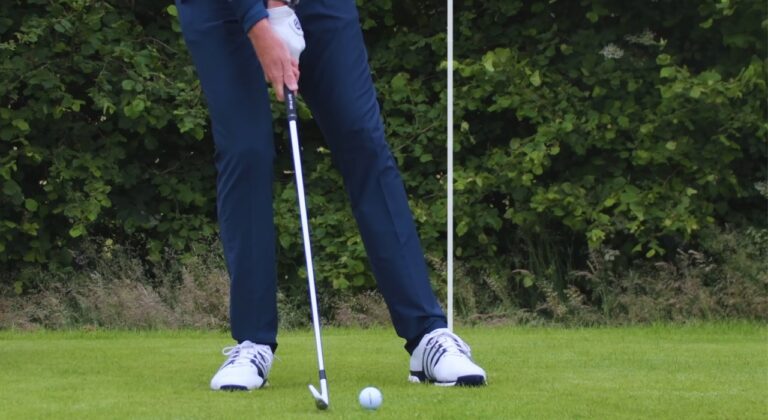Golf is a very familiar and widely common sport that everyone knows the basic rules of. Of course, it involves hitting a ball with a specific type of club with precise aiming in order to get the said ball into a series of holes. It is played on a golf course and the ultimate goal is to complete all the holes in as few strokes as possible. That is it really when it comes to the general premise and the rules.
However, this is much easier said than done because it is a game of skill and strategy that requires a combination of physical and mental abilities as well as lots of experience to become good at it.
In addition to this, there exist numerous nuances to the game and differences in how you hit the ball depending on where you are. As a matter of fact, there are many types of shots and swings in golf and each comes with its own purpose and technique.
Different Golf Swings

In terms of golf swings, the two most common types of all are the full swing and the half swing. While their names do suggest what they are to a degree, there is more there than one being half as long. The full swing is used for longer shots and involves a full rotation of both the body and the club.
The golfer turns all the way as they wind up before and follow through after. On the other hand, the half swing is used for shorter shots and involves much less rotation of the body and club. It is used when there is no need for increased force or length.
There also exist different styles of swings and they are also very important for the sport and the general approach to it. For example, there is the classic swing, the modern swing, and the stack and tilt swing.
Each of these swing styles has a unique approach and philosophy behind it and the golfers take great pride in the one they pick as their main. It is important to find swing instructions that work best for your body type and skill level and practice it enough until it becomes second nature.
Types of Shots

While swings are important, it is the shot type that is the real game changer depending on how and when it is used. Some of the most commonly used shots are tee, iron, putt, chip, and pitch shots.
The tee shot is the very first shot of each hole and is taken from a tee box. The goal is simple: hit the ball as far as possible down the fairway so that it gets as close to the hole as possible. Ideally, it will end up in the center of the fairway to set up the next shot.
Iron shots are taken with clubs designed for shorter distances and better accuracy. Their main goal is to get the ball closer to the hole from the fairway or rough, meaning they are the most common type of shot. Every shot after the tee and before the green is basically an iron.
When you are putting in golf, i.e. using the putt shot, it means that you are attempting the final shot played on each hole. It is used to get the ball into the hole on the green and win it. Putting requires smoothness control with the stroke. Special flat-faced clubs are used and the goal is to roll the ball across a short distance over the green and into the hole.
The first of the two stars of the article, a chip shot is a short shot played from close to the green. It is used to get the ball close to the hole when it is still too far to putt, but also too close for a full swing.
The pitch shot is quite similar to the chip. The golfer resorts to it when the ball is too far from the hole for a putt and too close for a full swing. Where it differs is the flight distance. You pitch a shot when the ball needs to fly a little further before rolling on the green.
Equally important, chipping and pitching are two types of shorter shots used in golf toward the end of every hole. It could happen that both can be played if the situation calls for it. Both are played around the green which is the endgame anyway. Similar in some ways, they have certain differences in technique, purpose, and execution. So which one should you pick?
Should You Chip or Pitch?
Chipping
Chipping is low and short. It is played from just off the green or in the rough and at its core, it was designed to get the ball rolling as soon as possible. The technique involves a club that is less lofted like a 7 or 8 iron.
The ball position is back in the stance and the weight is on the front foot. The swing is shorter and more controlled than when fully swinging while the hands are quiet. The goal is to land the ball just onto the green rolling it toward the hole.
- Wow-risk shot with low air time and low chance of error.
- A great way to save par when missing the green by a small margin.
- Ball spends more time rolling which helps to accurately control the distance.
- Requires precise judgment on the roll and carry.
- Requires good hand-to-eye coordination and confident touch.
Pitching
Pitching is higher and more lofted. It is played from further away from the green in the rough or sand. The technique involves a lofted club like a wedge. The ball position is forward in the stance leaning towards the target. The swing is longer than with chip shots and the hands and wrists create more height and spin. The goal is to get the ball to stop quickly after landing on the green.
- Useful when clearing a bunker and stopping quickly.
- More control over the spin equals better placement on the green.
- Requires more skill and precision and a better feel for the shot.
- High-risk shot with more air time and a higher chance of balls going too long or too short.
Sumayya Parrish, a golf aficionado and wordsmith extraordinaire, brings her wit and wisdom to the fairways of FloridaEliteGolfTour.com. Known for her uncanny ability to turn a bogey into a birdie with her humor, she serves up engaging content that keeps readers chuckling even when their golf game has them crying.















